2020-07-16
In a world often characterised as selfish and greedy, Said Maryamah, a 74-year old Indonesian peasant farmer, watches proudly as the rice crop he has gifted is loaded for transport to nearby urban areas, where the economic turmoil caused by COVID-19 means that whole communities of labourers can no longer support their families.
“With this help, I just want to share with my brothers and sisters in the city, hopefully this can ease their burden,” Maryamah says. He is not alone. Indonesian farming communities across several regions are handing over what little extra they have, translating into tons of surplus food to feed impoverished urban families, organised by the Tenure Facility’s partners, the Agrarian Reform Movement (KPA). Longer-term plans are also being set up to keep food flowing and prices stable, benefiting both farmers and their consumers during the crisis, and the uncertain future which lies ahead.
This is just a single example of the generosity, solidarity and resourcefulness being shown by some of an estimated 2.5 billion Indigenous Peoples and local communities spread across the developing world, at a time of unprecedented global calamity. It also highlights how quickly the norms and systems we rely on break down, leaving the most vulnerable members of our global society facing destitution.
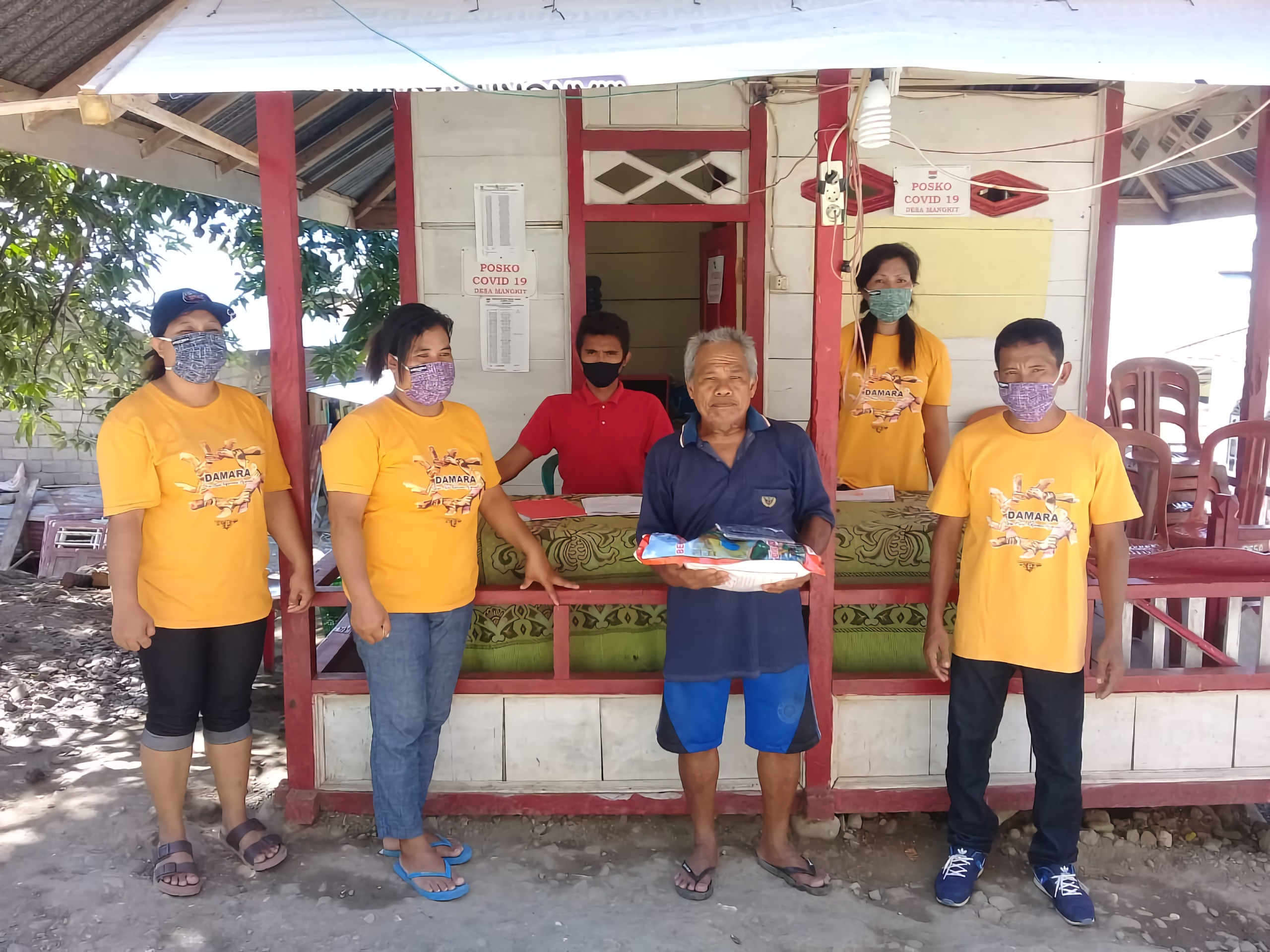
“The Maya people have learnt to be self-sufficient,” says Cristina Coc, Executive Director of the Julian Cho Society, one of the Tenure Facility’s partners in Belize. “But nothing prepares a community for the deadly spread of a virus like Coronavirus.”
Hours away from health centres, the economic shutdown has meant that indigenous people in Belize could not sell grain to buy essentials like soap, prompting the Julian Cho Society and our other partners, the Maya Leaders Alliance and the Toledo Alcaldes Association, to step in and purchase the excess, distributing it onwards to families in need. Nonetheless, life for already marginalised communities has become even more precarious.
“Pandemics create substantial threats to the health of vulnerable indigenous populations, who even in normal times see very little support from the state,” Coc adds.
"The Maya people have learnt to be self-sufficient, but nothing prepares a community for the deadly spread of a virus like Coronavirus"
The UN is already ringing alarm bells over surging global hunger, as unsustainable food chains fail, whilst experts are pointing to the destruction of forestlands that have been protected for generations by Indigenous Peoples, who make up an estimated 15 percent of the world’s poorest according to the Pulitzer Center, as one of the main drivers behind a deeply troubling spike in diseases which have jumped from animals to humans.
In a joint op-ed by senior officials from the World Health Organisation (WHO), the UN Convention on Biological Diversity and the World Wildlife Fund (WWF), the authors noted that nature is declining at a rate unmatched in human history, increasing our vulnerability to new diseases, largely as a result of deforestation, and intensive farming. “These outbreaks of disease are manifestations of our dangerously unbalanced relationship with nature,” the article noted.
The warnings are nothing new for Indigenous Peoples; they have known since beyond memory the importance of coexisting peacefully with the natural world. Nonetheless, as 2020 dawned, few could have expected such a stark reminder to the whole planet of the risks our current global model is running.
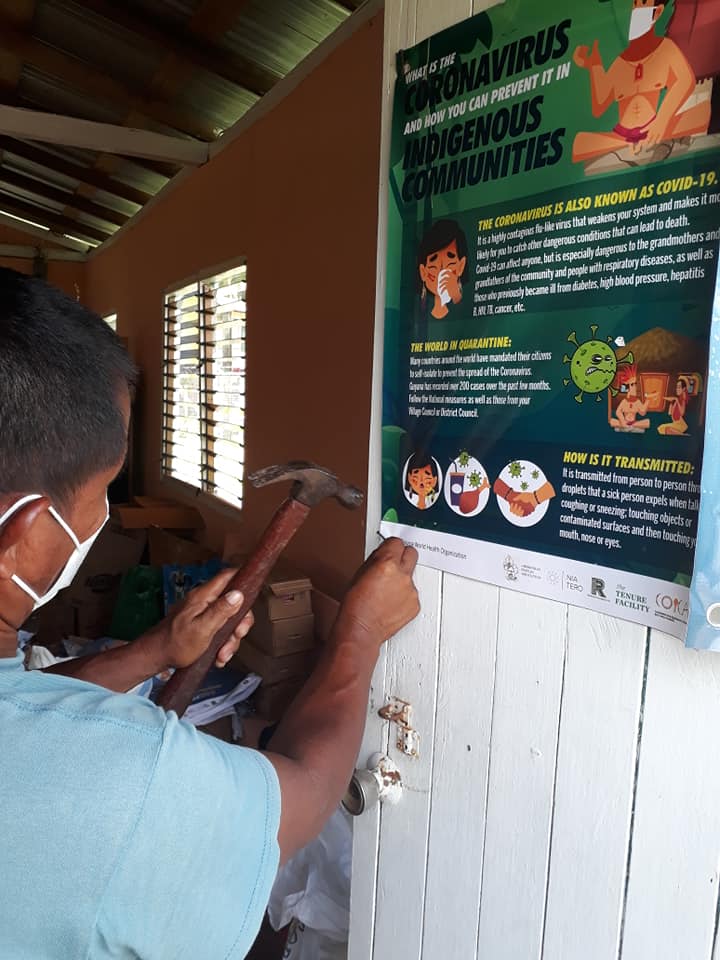
In Liberia, the shadow of the 2014 Ebola outbreak still hangs over communities where the Tenure Facility’s partners work. Chief Lassana Kamara of Nyandiama Village in Hassala Clan, which lost 14 people to the Ebola outbreak , is grateful to Parley Liberia for bringing much needed hygiene kits, just one aspect of the COVID-19 response there. “We are scared about this new virus coming to our village,” Chief Kamara says. “We will listen to the County Health Team and do whatever we must do.”
Whilst it is impossible to count the exact cost so far of COVID-19 on Indigenous Peoples, already there have been high profile victims, including Santiago Manuin, a Peruvian Indigenous Leader, who fought courageously for indigenous rights in his country, surviving a gunshot wound during a 2009 police crackdown, but succumbing to COVID-19.
Now, whilst indigenous communities face pandemic health risks the retreat of state actors and deepening poverty and isolation, there is hope that the pandemic might provoke much needed change. There is also a quiet confidence that everything from shared values of community and resilience to traditional remedies can help them survive. Nevertheless, there is real fear among experts and community leaders that environmental concerns and rule-of-law will be brushed aside amidst the uncertainty.
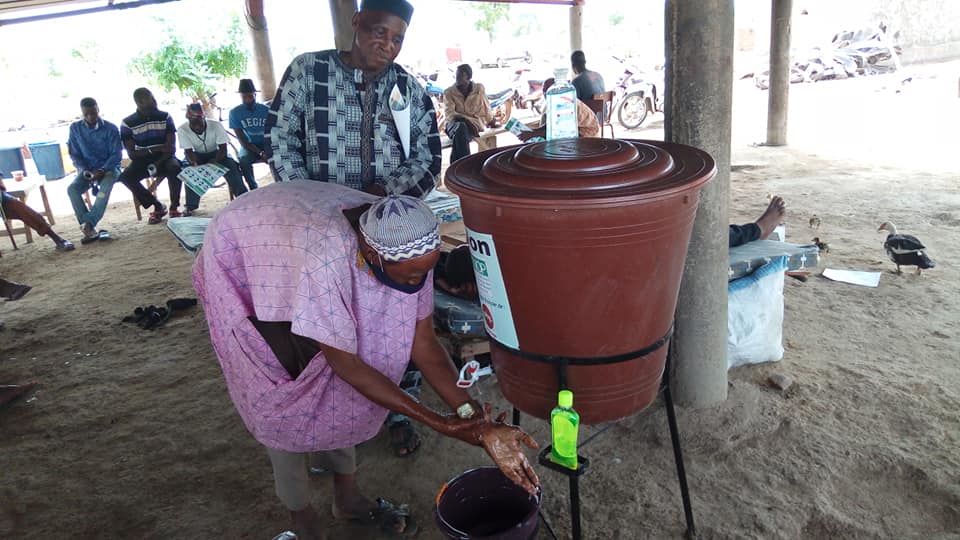
In Colombia, isolated Afro-descendant communities are reporting an uptick in deadly attacks by armed groups and drug gangs since the start of the pandemic. Meanwhile food supplies to villages have dried up, meaning an urgent need to ramp up local production. The Tenure Facility’s partners Black Communities’ Process (PCN) are offering emergency support to facilitate this, using their deep local connections to provide help where it is needed most.
In Panama the pandemic has cut a swathe through indigenous economies, heavily reliant on tourism and trade. Now villages are restricting movement to control the spread of the virus, which has already taken a firm hold in some communities. Farmers sit at home, their fields abandoned. Meanwhile the surrounding forests echo to the grinding buzz of chainsaws, as illegal loggers and settlers seize upon the temporary disappearance of state officials to ramp up the destruction of vital natural habitats.
Despite these challenges, our Panamanian partners are working to ensure no-one is “left behind”. Collective medicine centres are being set up to provide treatment to all who need it – including the nature-based remedies which these indigenous communities have relied on for generations.
“We are preparing and collecting medicines,” says Elivardo Membache, General Chief of the Embera-Wounaan Collective Lands, an official with COONAPIP, the national umbrella group representing indigenous rights in Panama, and our implementing partner. “Not to detract from western medicine, but because we are confident that the cures handed down by our ancestors will also be effective” Membache adds. It remains unclear what herbal or traditional cures, if any, can work against the disease, but scientists from Madagascar to the University of Arizona are studying the possibilities.
"We are preparing and collecting medicines, not to detract from western medicine, but because we are confident that the cures handed down by our ancestors will also be effective"
In the meantime, we are all being told to wash our hands as a first line of defence against the virus, but in many villages in Mali, where water is scarce and soap a rare luxury, this isn’t possible. That’s why the Tenure Facility’s partners, the Coordination of Farmers’ Organisations (CNOP), have distributed hygiene kits. On some of the most isolated farms, where recent climate-change related extreme weather events mean that even a small economic disruption could spell disaster, families remain sceptical about the existence of the virus at all. CNOP are setting up community-level focal points and taking to the airwaves to counter this distrust.
The spread of good information has been crucial everywhere in the battle to slow the transmission of the virus, but for isolated rural communities, where rumours often swirl far quicker than facts, our partners across the developing world have been working to ensure that populations stay informed: In Mozambique, ORAM-Nampula, which implements innovative community projects to strengthen peasants’ land rights through knowledge sharing, has harnessed the power of local radio stations to broadcast on everything from social distancing to hand hygiene.
“We have a lot of messages about COVID-19, but ORAM-Nampula’s are the only ones in local languages and using the voices of local presenters. This is really good, as people identify with these voices and accept what they’re saying,” says Monira Abdala, the coordinator Parapato Community radio in Angoche. Trips to the field have confirmed that its working, with face masks being worn even in some of the most isolated communities.
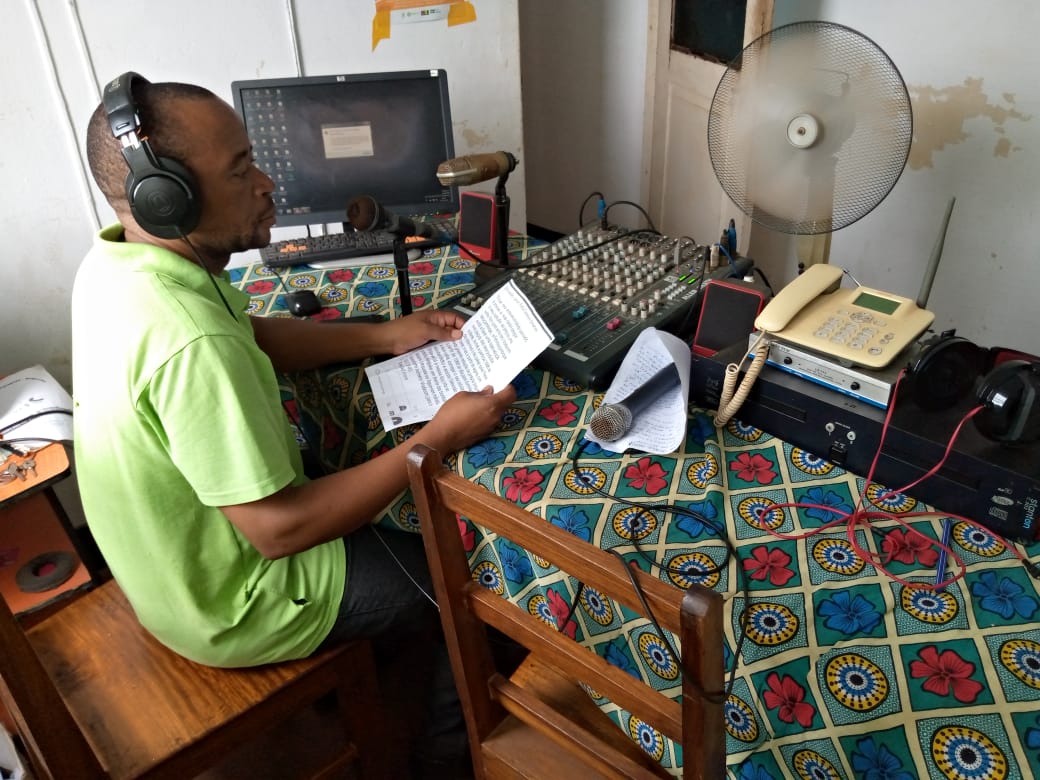
In the vast forested Loreto region of northern Peru, technical teams are donning Personal Protective Equipment (PPE) provided by our partners, the Peruvian Environmental Law Society (SPDA), with support from the Tenure Facility, to continue working safely with communities. In the south of the country, SPDA are deploying telecommunications equipment to maintain contact with the most remote villages, allowing them to report the progress of the virus, and call for help. In Madre de Dios a digital platform will also be launched which will help map the impact of COVID-19 on different indigenous communities.
In India our partners have launched a wide-ranging response, including helping migrant workers who are stranded in cities with no work, food or shelter, or who are trudging unsupported homewards along muddy monsoon roads to their villages. Meanwhile rural women with battered sewing machines form small mask factories, and strategies are being implemented to ensure that at least some trade can continue, providing a vital economic lifeline for rural communities.
“We might risk infection ourselves, but we’ve worked with these people for so many years, how can we now stay home and watch them die like this,” says Dalit Adivasi Manch, who has been working on the COVID-19 response in Chhattisgarh.
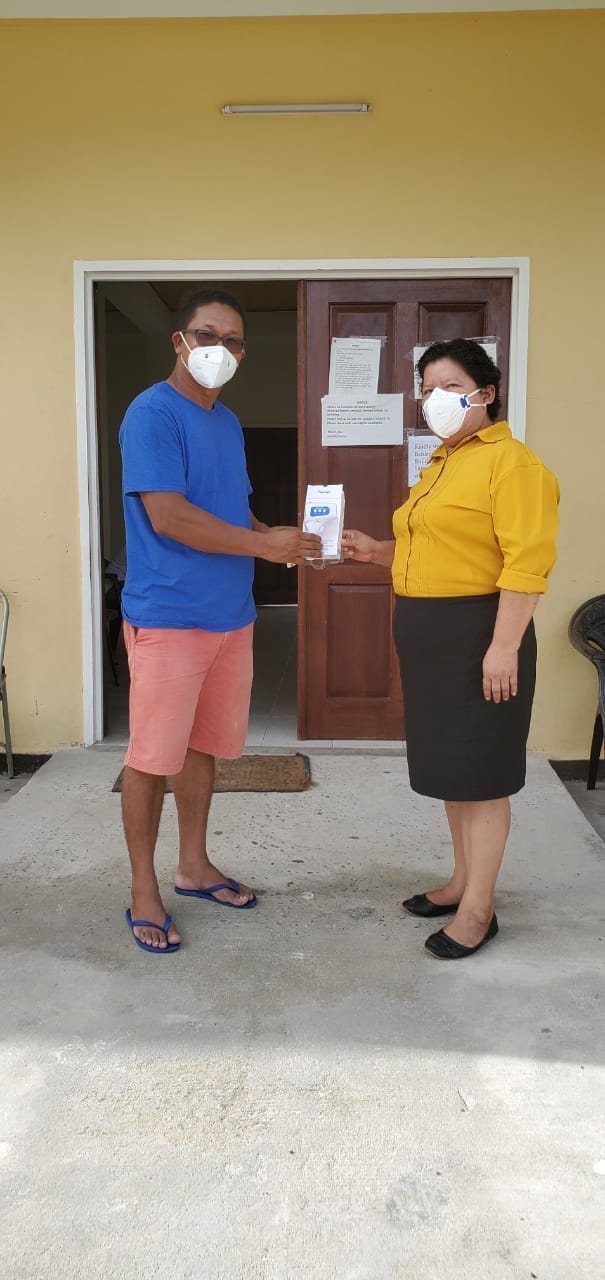
In early March 2020 when Guyana announced its first COVID 19 case, some indigenous communities chose voluntarily to lock down. But then, when there were no reports of infections, the measures were relaxed. People began to move around again – and to move around between communities. The result was that it’s specifically an indigenous village – Santa Rosa – that has turned out to be today’s epicentre of COVID-19. It has a relatively large population – more than 10,000 residents – and is close to coastal Guyana, where much of national life takes place. Added to that, Santa Rosa is a business hub for at least a dozen other local communities, as well as a transit point for illegal immigrants fleeing Venezuela.
“The pandemic has shown the deficiencies of the health care and educational systems, it has affected governance systems and impacted the livelihoods of indigenous communities as never before,” says Jean La Rose, Executive Director, The Amerindian Peoples Association (APA).
APA, with supported of the Tenure Facility, is providing basic food supplies, over the counter medication and vitamin supplements, Add to that masks, gowns, gloves and sanitary supplies. Plus, fishing tackle and agricultural gear and seeds. It has also provided the communities with loudhailers so that pre-recorded messages can be broadcast and is distributing posters with COVID-19 related messages. “Covid-19 has also shown how Indigenous Peoples can come together and with little resources, fight to secure their communities from an unknown threat.” La Rose adds.
"The pandemic has shown the deficiencies of the health care and educational systems, it has affected governance systems and impacted the livelihoods of indigenous communities as never before"
Despite all these extraordinary efforts and many more, the COVID-19 crisis and its aftershocks are only just beginning, and it may be that the coming months see the resources of indigenous and local communities stretched as never before. The Tenure Facility is doing all that it can to support its partners during this critical period. Programme Officers are on-hand to provide guidance, and up to 20% percent of project financing for 2020 is being made flexible, to fund the immediate response to the crisis – anything from food security, to communications, and PPE.
“There’s so many different ways that communities can need support at the moment, and our partners are doing that, they’ve been amazingly quick and creative in their response,” says Margareta Nilsson, Head of Programmes for the Tenure Facility. Meanwhile, in many places the core work of strengthening land tenure for Indigenous Peoples and local communities is continuing, either from offices, or adapted to Coronavirus realities.
“The partners are adapting their ways of meeting communities, taking on board COVID-19 restrictions, they’re finding ways to continue the work to whatever extent possible, just as we at the Tenure Facility are doing,” Nilsson adds.
Articles